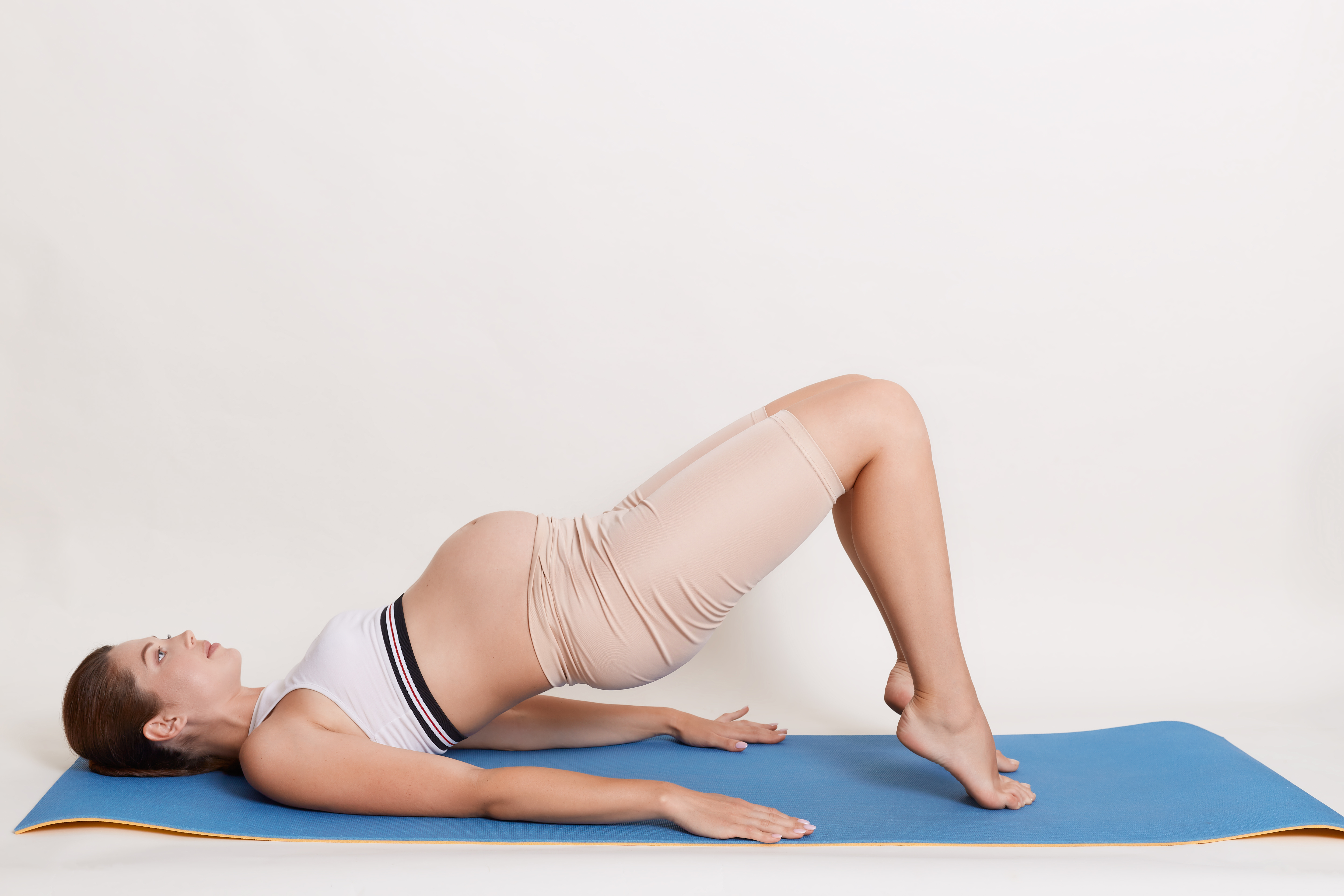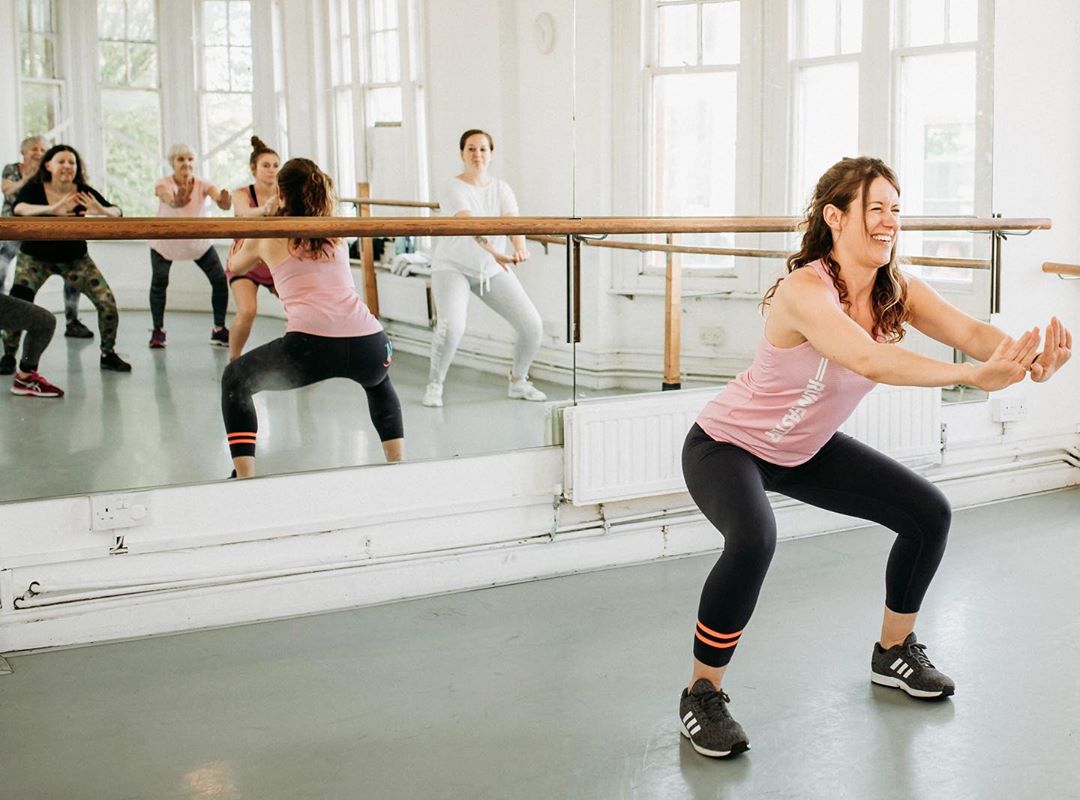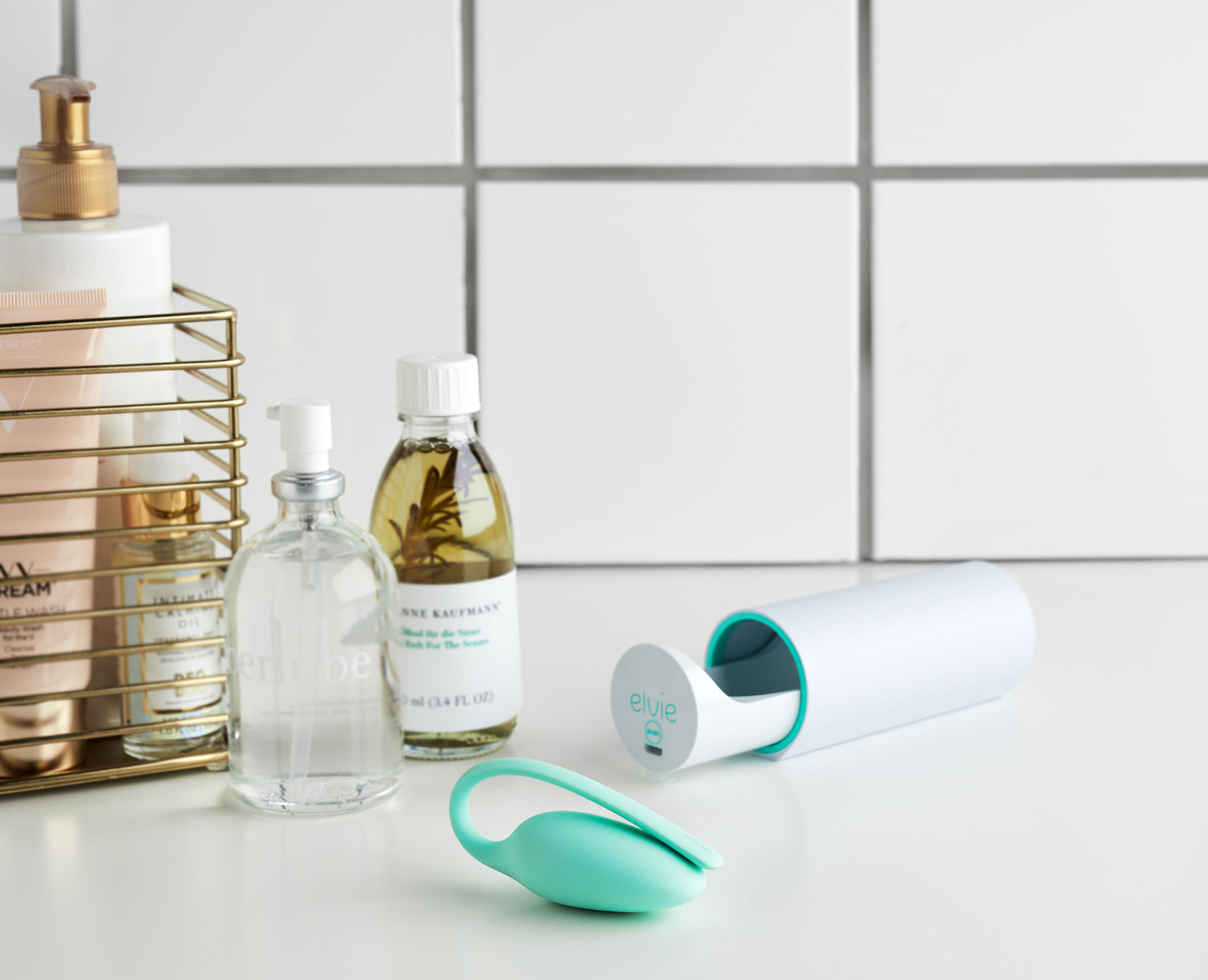Strengthen your pelvic floor during pregnancy and postpartum with these exercises to avoid prolapse and incontinence after birth.
During pregnancy, your pelvic floor, like a lot of your body, will change too. They are necessary to support your growing baby, and softened by the effects of pregnancy hormones. Regardless of your method of delivery – Caesarean or vaginally, this will impact these muscles.
In a vaginal birth, your pelvic floor muscles go through a lot of stretching and strain. Meanwhile, when going through a Caesarean birth, the surgery cuts through multiple muscle layers, leading to a slower recovery and also a weakened abdominal wall. It’s important to strengthen these muscles to avoid any prolapse of the womb, bladder and rectum. Another problem you’d want to avoid is incontinence when laughing, sneezing, during brisk walking or exercise.
Perform Strengthening Exercises

Start with these two exercises, which can be done in any position and is safe during pregnancy. First, you’ll want to imagine your bladder is full, and gently squeeze your pelvic floor muscles. These span the muscles from the anus to the urethra, which work together to stop any leaking. The entire pelvic floor should tighten up.
Kegel Exercises
First, squeeze the muscle and hold for 10 seconds, then relax and rest up to 10 seconds. Repeat this 10 times then move on to the second exercise. For the second exercise, you’ll want to squeeze and relax the muscles quickly for 10 repetitions. Be sure to isolate only the pelvic floor muscles, and do not engage your abdominals, or your thigh or buttock muscles. Additionally, breathe normally while doing this.
Pelvic Lifts
Another exercise you can try – which also helps tone your butt is a pelvic lift. To do this, first lie flat with your knees bent, and squeeze your pelvic floor muscles. Next, slowly raise your pelvis and butt upwards, and hold the position for five to 10 seconds, then return to the starting position, slowly releasing your pelvic muscles.
Squats

Hold a fixed object like a chair or a table, and stand with your feet wider than hip-width apart. Slowly lower your body into a deep squat, with your weight over your heels. You may need to put a towel under your heels if they do not touch the floor. Do a Kegel as above, then draw your abs in as you breathe out. Do this five times. This exercise helps to strengthen your abs, legs and your pelvic floor.
Basic Hip Twist
This basic exercise uses both your pelvic floor and core muscles. First, lie on your back with your knees bent, your feet shoulder-width apart. Draw in your pelvic floor muscles and engage your core. With your fingers resting on your hip bones, float one knee out to the side by a few centimetres. Stop when you feel your hip bones pushing into your hands, and bring your hip back a little. Repeat 10 times on each leg.
Coffee Table Lift
This works your transverse abdominals and your pelvic floor muscles. Start by getting onto all fours, hands shoulder-width apart and knees hip-width apart. Your back should be flat, your toes curled under and hips in a neutral position. Inhale, and as you exhale, draw your tummy and pelvic floor muscles in, and lift your knees off the floor. As you inhale, lower your knees back down. Do 10 repetitions of this.
High Knees with Toe Taps
This is yet another exercise that strengthens both the core and pelvic floor muscles. Start by standing with your feet hip-width apart, your knees soft and while your pelvis in a neutral position. Next, engage your core, draw in your pelvic floor muscles, exhale and raise one knee. After this, straighten your leg, then tap your toes on the floor thrice. Now, inhale and lower your leg down to its starting position. Repeat on your other leg, and try to get 10 repetitions on each leg.
Use a Biofeedback Device

Alternatively, you can try using a device like the Elvie Trainer ($319.90), an award-winning Kegel trainer to help you strengthen your pelvic floor. Some benefits of the Elvie Trainer include better bladder control, enhanced intimacy and faster postnatal recovery. Additionally, the Elvie Trainer connects to an app that provides real-time feedback. For instance, a gem on the app lifts in response to you squeezing your muscles. With the fun workouts, you could see results in less than a month.
Moreover, with the Elvie Trainer, you can check if you’re doing the Kegels correctly – some push down instead of lifting up. WIth their patented technology, it can detect incorrect contraction so you improve your technique. It also comes with an extra cover for custom sizing, designed to fit all kinds of body shapes. Give your pelvic floor a full workout with a unique set of fun five-minute exercises, and track your progress over time. This trainer can be used pre- and post-pregnancy, but do check with your health professional before starting.
After Birth
Regaining Pelvic Floor Strength After Baby

Although you’re supposed to abstain from a vigorous exercise routine after birth, you can still start on regaining your pelvic floor strength. You can restart your Kegel exercises as soon as 24 hours after your baby is born, beginning with the pelvic floor holds and rapid holds. Be kind to yourself – you may have some bruising or numbness so don’t push yourself past your pain limits. You can slowly increase the number of repetitions and how long to hold for, as your body recovers.
Incontinence
After giving birth, you may experience some postpartum incontinence, especially when you laugh or cough. This should last up to six weeks postpartum, unless you have an injury or a second-degree tear. In these cases, you may experience incontinence for up to three months. After birth, the pelvic floor tone is actually higher and then tightens up in response.
Signs to Look Out For
When you’ve healed and are beginning to resume your normal activities, don’t disregard any persistent pain and discomfort that might occur weeks or months after you’ve given birth. Some other, not-so-obvious signs might include a feeling of heaviness or pressure in your perineal area, or feeling like you’re sitting on something. In addition, you might have leaking after peeing, difficulty urinating or passing a soft bowel movement and sustained constipation. In such cases, consult your OB-GYN or an accredited pelvic floor therapist. Just doing Kegels may not help your pelvic floor, as you may need to stretch rather than strengthen, hence, do consult your doctor for a second opinion.
In terms of sexual intimacy, once you’ve recovered, it should not hurt. However, do bear in mind that if you’ve had tearing and/or an episiotomy, this can impact your recovery time and comfort. Furthermore, scar tissue can also cause intense pain. Once again, do address these concerns with a pelvic floor physical therapist. Manual therapy may include finger insertion, physical exercises, visualisation techniques and body movement or posture depending on your condition. Some locally based physiotherapists include Embrace Physiotherapy, Physiotherapy Down Under and Physio Active.
Exercises to Stretch Your Pelvic Floor

Abdominal Breathing
Depending on your body, doing Kegels may not help your pelvic floor. Instead of strengthening the muscles you may need to stretch them. It’s best to get a second opinion from your doctor or pelvic floor therapist to know which to do. Some stretching exercises include abdominal breathing, as well as abdominal and hip stretches.
Abdominal Stretch
Lie face down on a yoga mat with your hands by your shoulders. Before starting, inhale, and send the breath towards your pelvic floor and the back of your rib cage. Exhale and then press away from the floor with your hands until your arms are straight. Ensure the front of your pelvis faces the floor and move comfortably without putting pressure in your lower back. Stretch your abdominal walls with three cycles of breathing, then lower and repeat five times.
Hip Stretch
Finally, lie on your back with your knees bent, then place one foot on the opposite knee. Lifting the bottom legs, hold it around the thigh with your hands. Bring in your bottom leg towards the chest so you can stretch your outer hip muscles. Hold for 30 seconds, while practising your abdominal breathing, then repeat twice on each leg.
Relevant Reads: Postnatal Changes, Self-Care Habits for New Mums
This article originally appeared on Motherswork.



